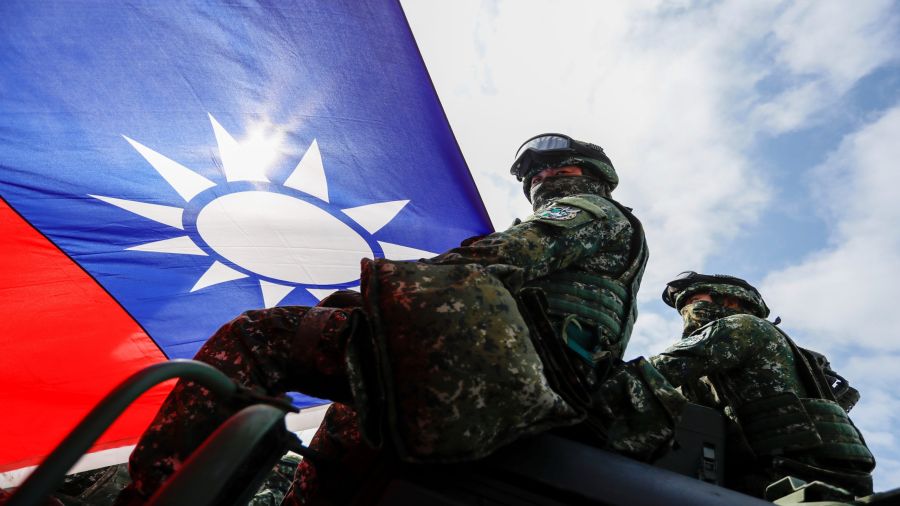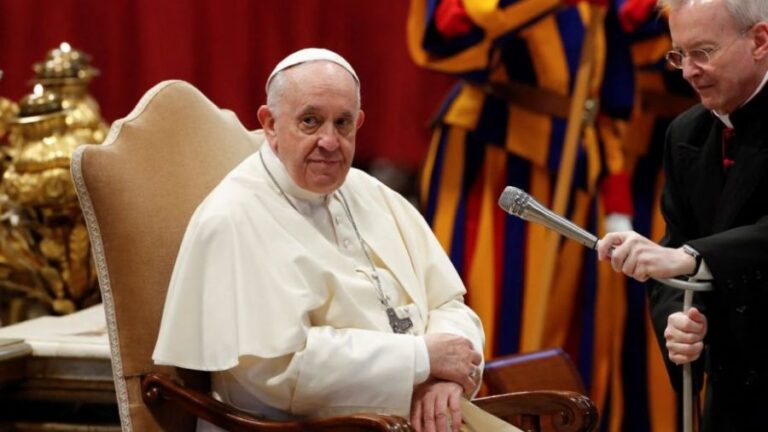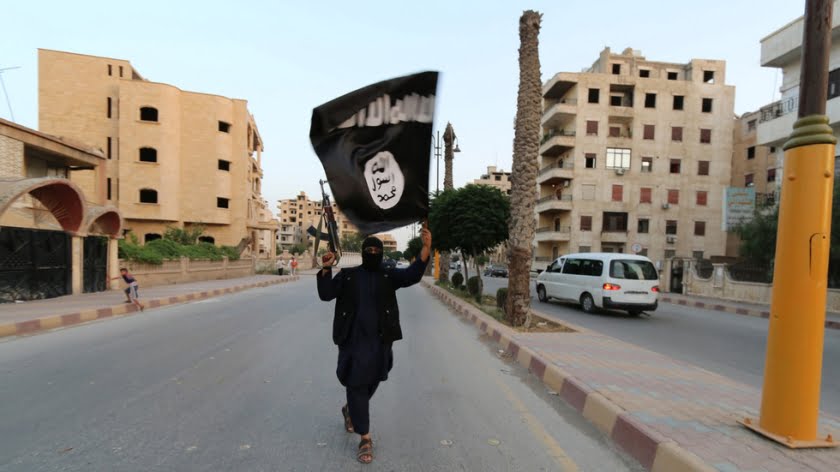Taiwan’s Armed Forces Prepare to Break the PLA Blockade
Meanwhile, Taipei’s allies, led by the United States, develop plans to evacuate their citizens from the island
Despite Taiwan’s Ministry of National Defense’s “appeasement” statement on June 14 this year that the country’s leadership has no intention of integrating into the battlefield intelligence sharing mechanism used by the US and Japan to obtain a unified real-time information picture, tensions between the Taiwan Strait shores remain high.
The island recently begun training to prepare the Taiwanese army to break the blockade imposed by the mainland Chinese forces (PLA). Local military experts predict that if there is a military conflict, China will not only attempt to blockade the island, but will also obstruct transportation in the Taiwan Strait and neighboring waters. For this purpose, the PLA can employ the so-called Anti-Access/Area Denial (or A2/AD) strategy which entails increasing the risk of enemy troops deploying or moving in the area of action by the deployment and use of a corresponding set of weaponry.
Taiwan’s defense spokesman, Major General Sun Li-fang, stated that Taiwan’s Armed Forces are monitoring the PLA’s activities in the Taiwan Strait and studying the potential enemy’s movements. In the case of a military conflict, the exercises will test several strategies for confronting the Chinese army.
Remarkably, approximately at the same time, the Taiwanese military produced an upgraded civil defense manual, seemingly anticipating developments in the military conflict with its mainland neighbor. One section of the 48-page handbook includes pictures of PLA “enemy soldiers” with specific advice on how to identify them from Taiwanese during the island’s invasion, the veracity of which appears to be beyond dispute in the Taiwanese Ministry of Defense.
Meanwhile, Taiwan’s primary ally, the United States government, is actively planning to remove American residents from the island, despite its own commitments to safeguard Taipei from Chinese invasion. As of 2019, there were more than 80,000 Americans in Taiwan, and removing them is fraught with many difficulties. The main difficulty is that Taiwan’s main airports are located on the west coast, facing the PRC, and can be taken out of service first. Following the lead of the United States, other partners, notably Indonesia and the Philippines, who have over 300,000 and 150,000 residents residing in Taiwan, respectively, are prepared to evacuate in the event of hostilities.







